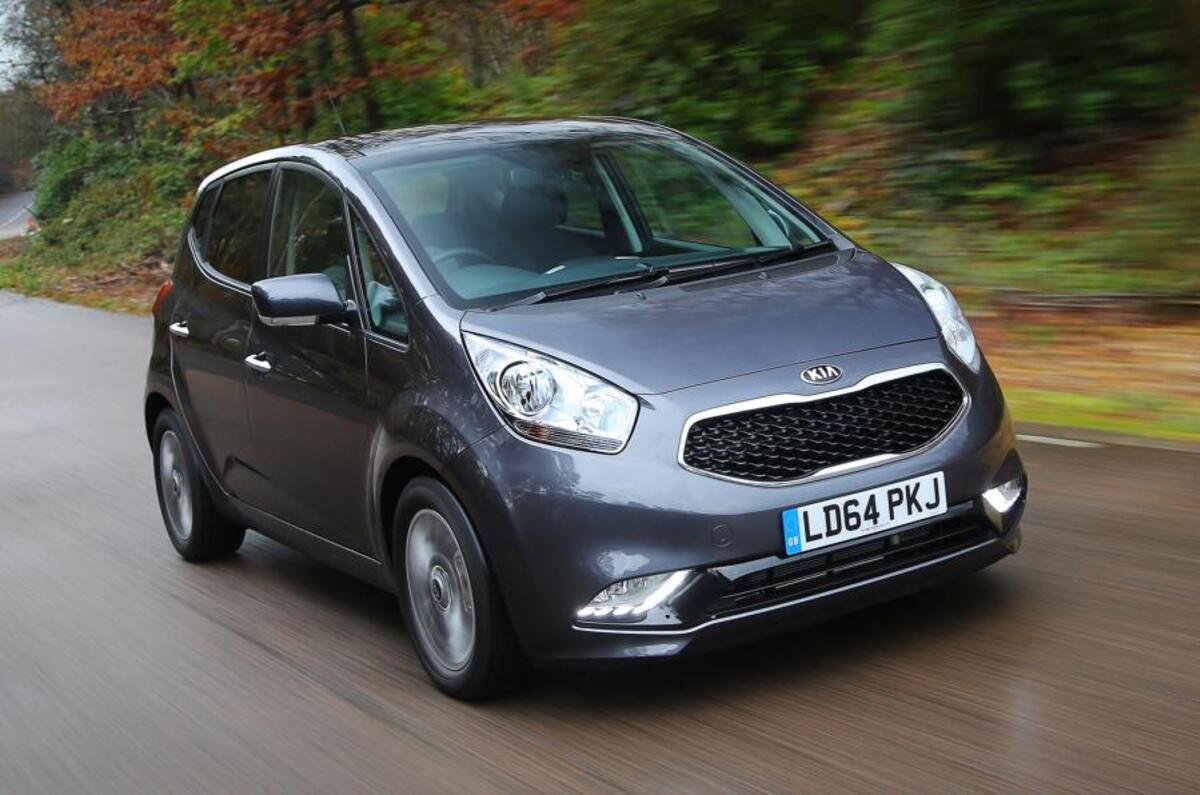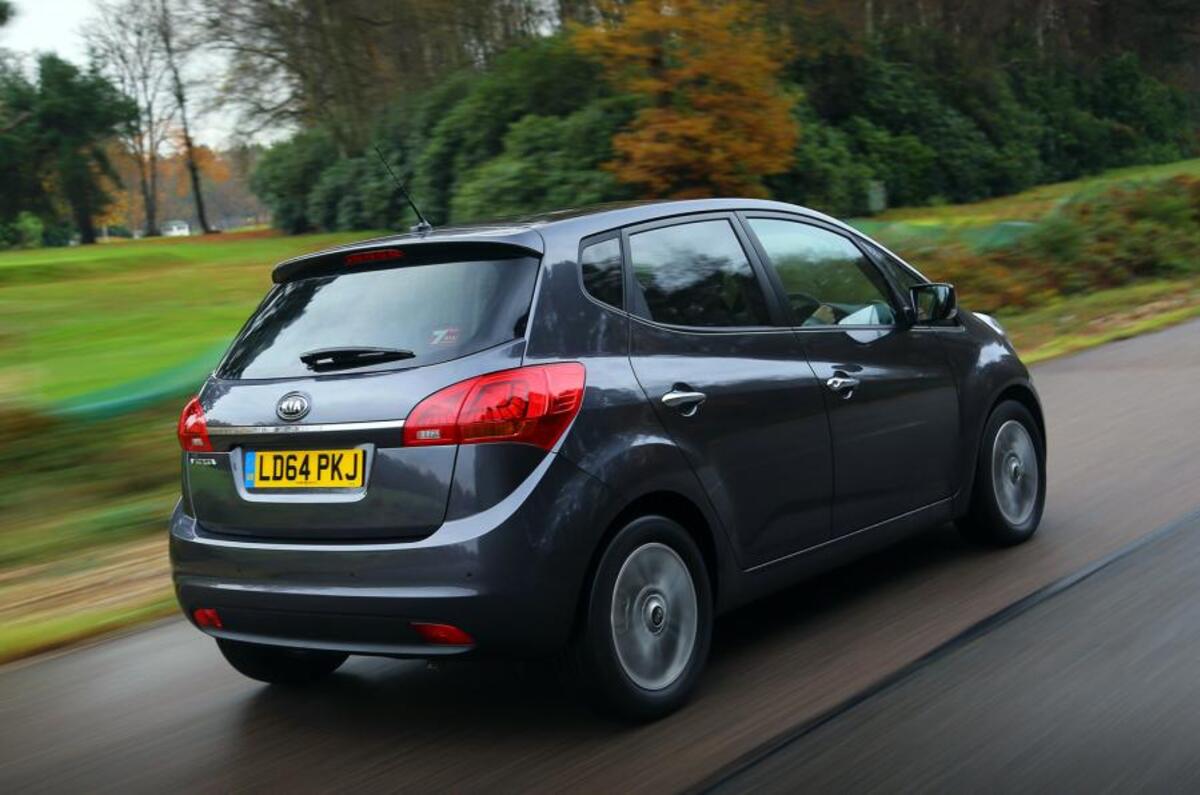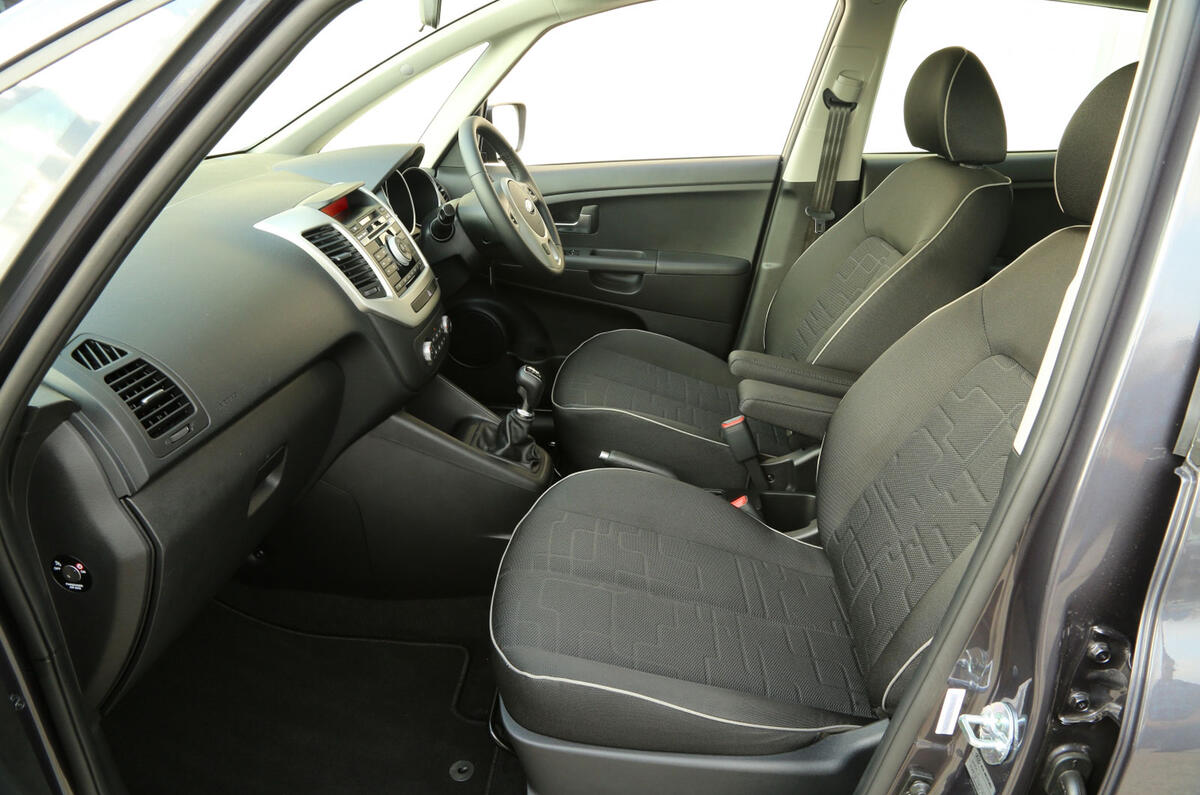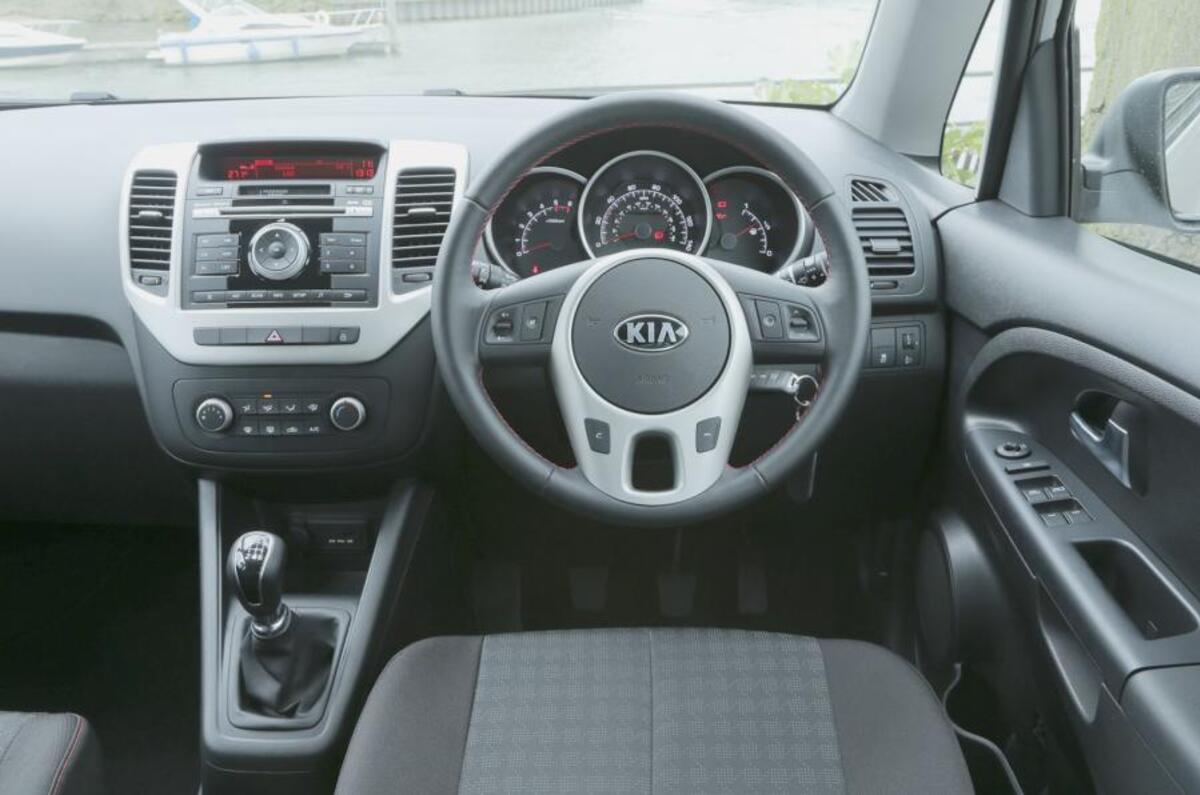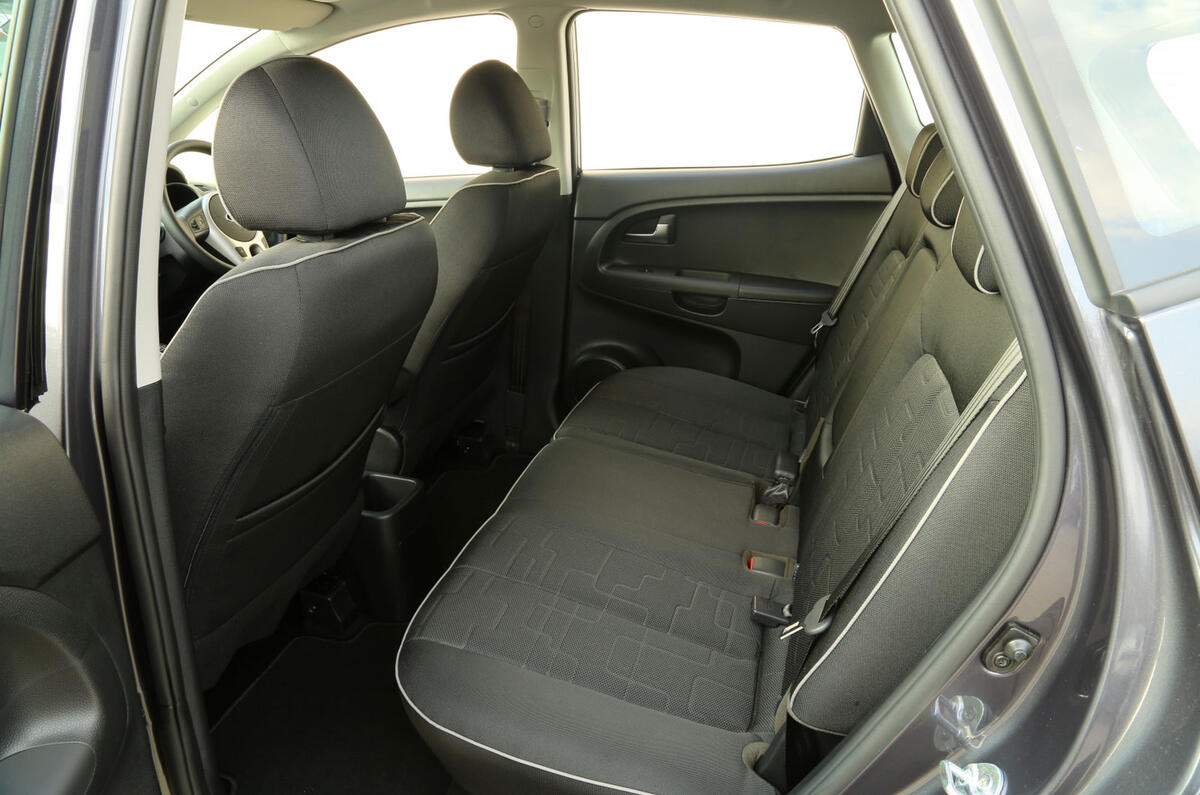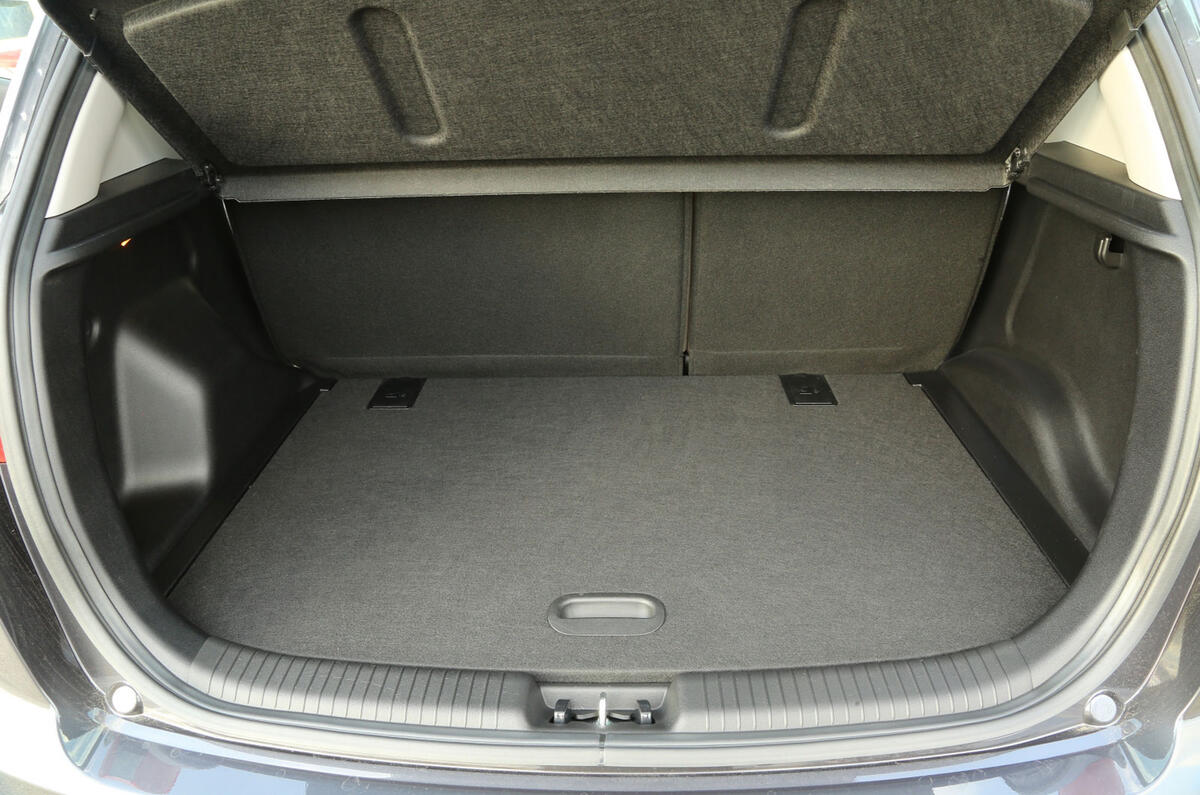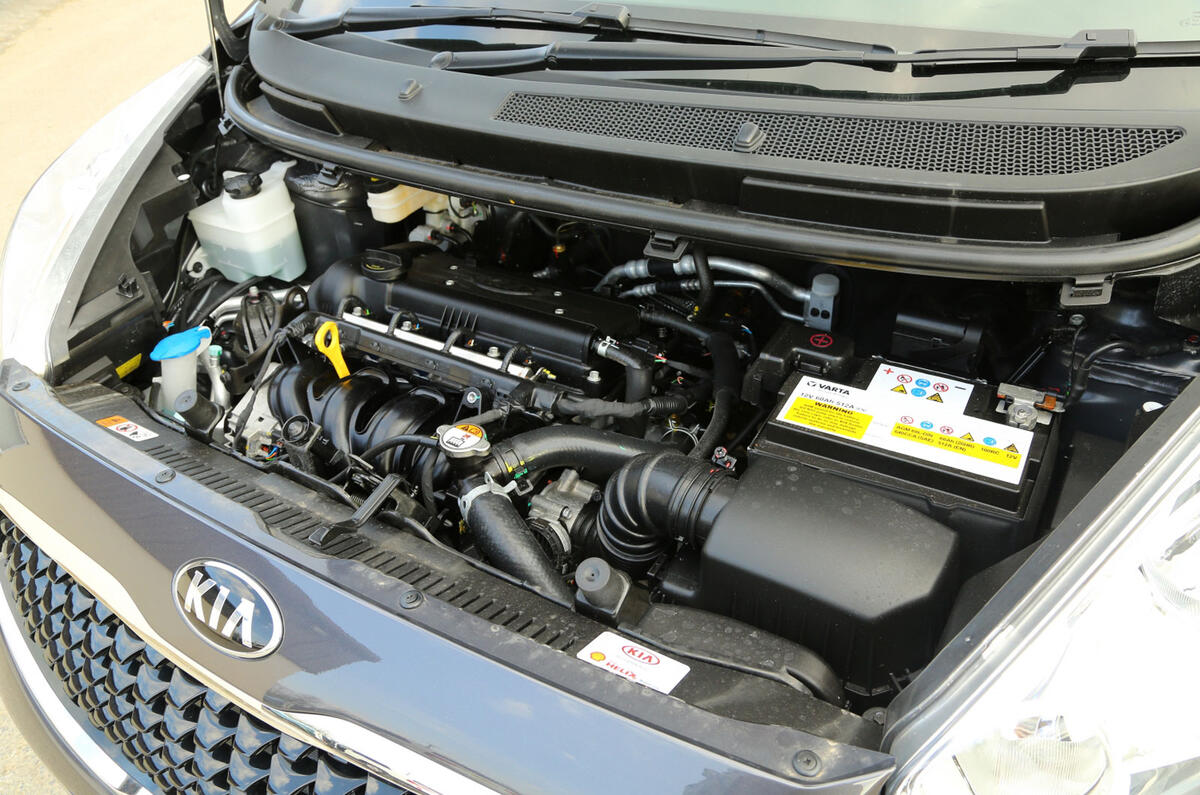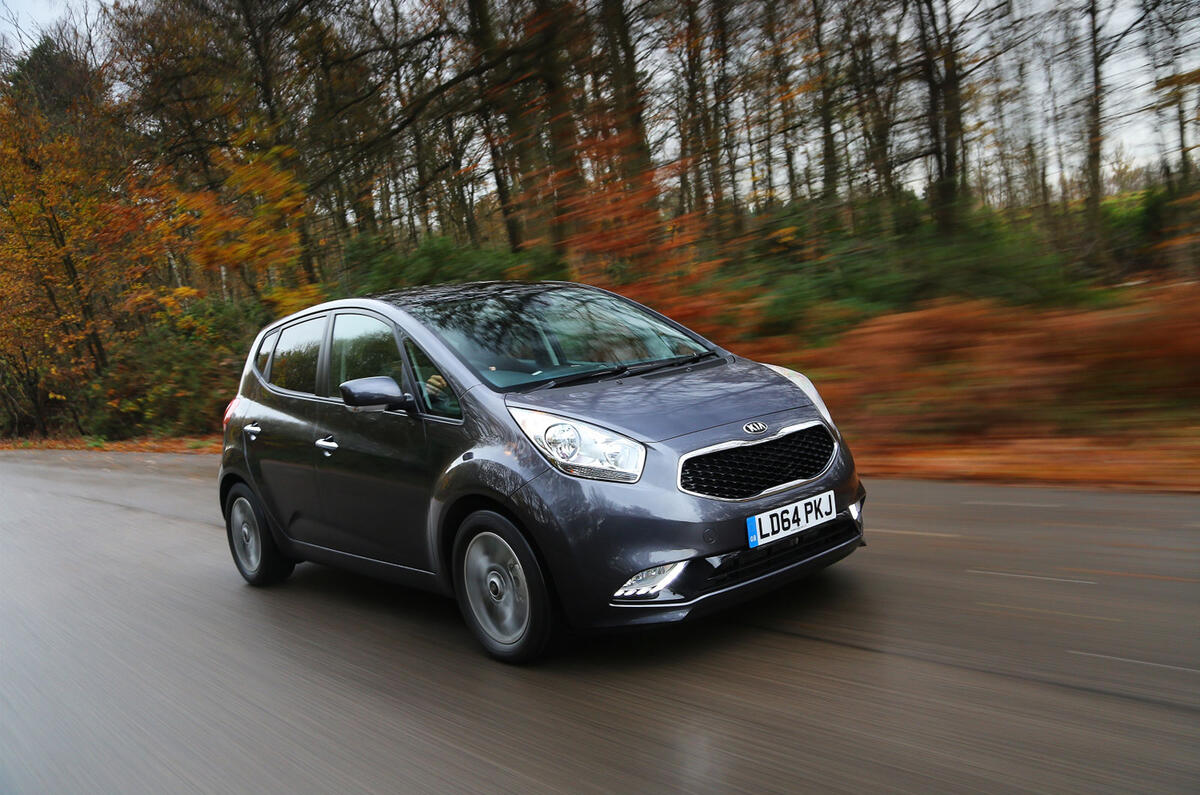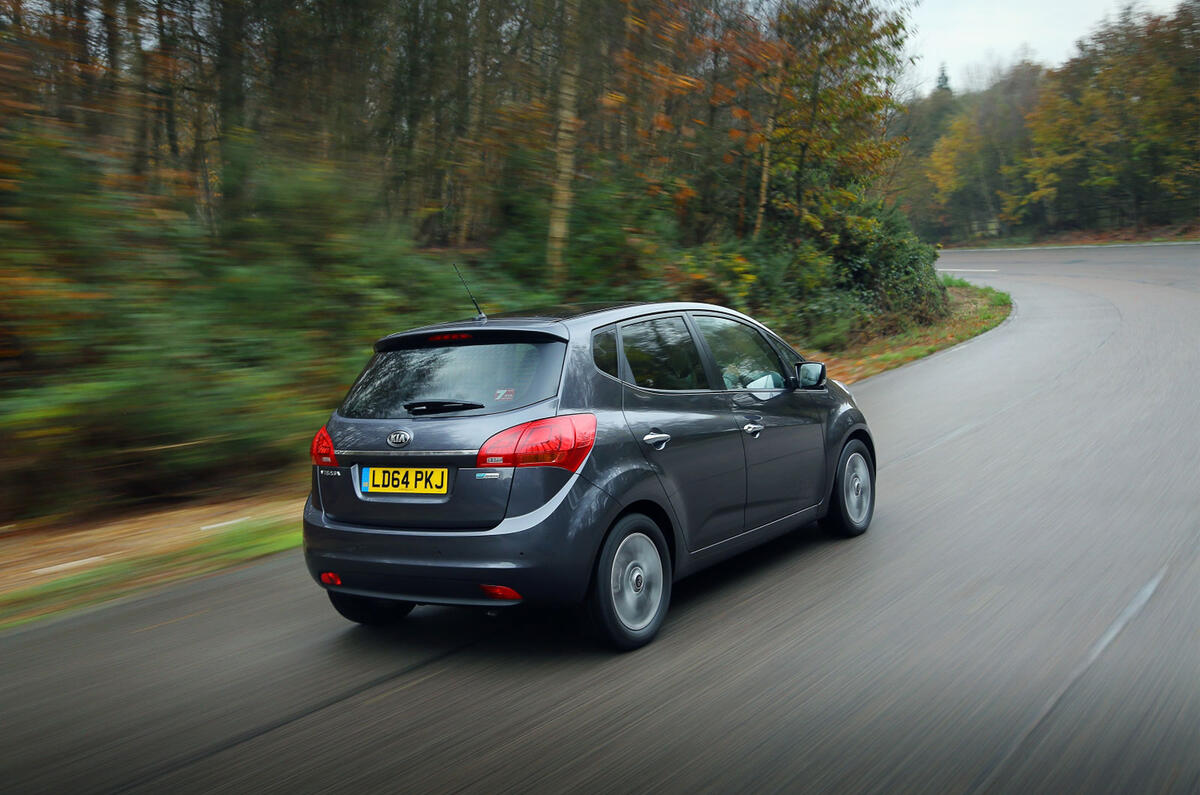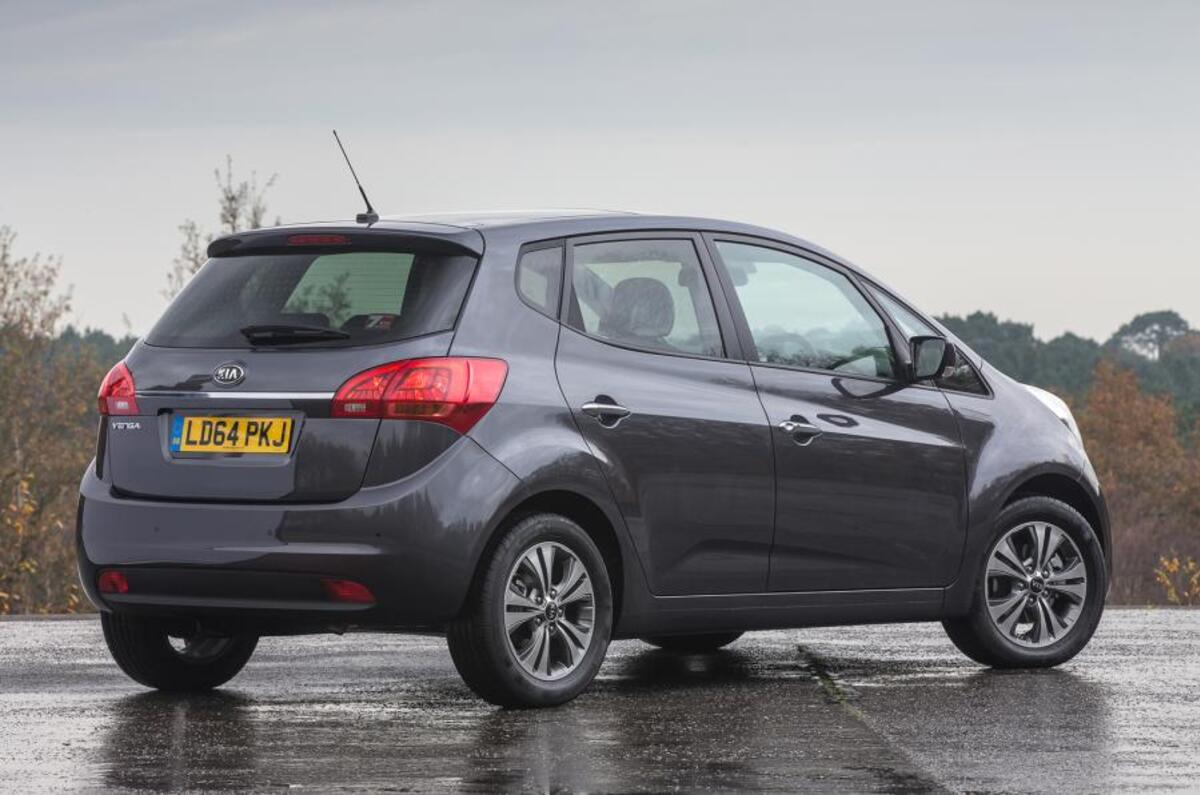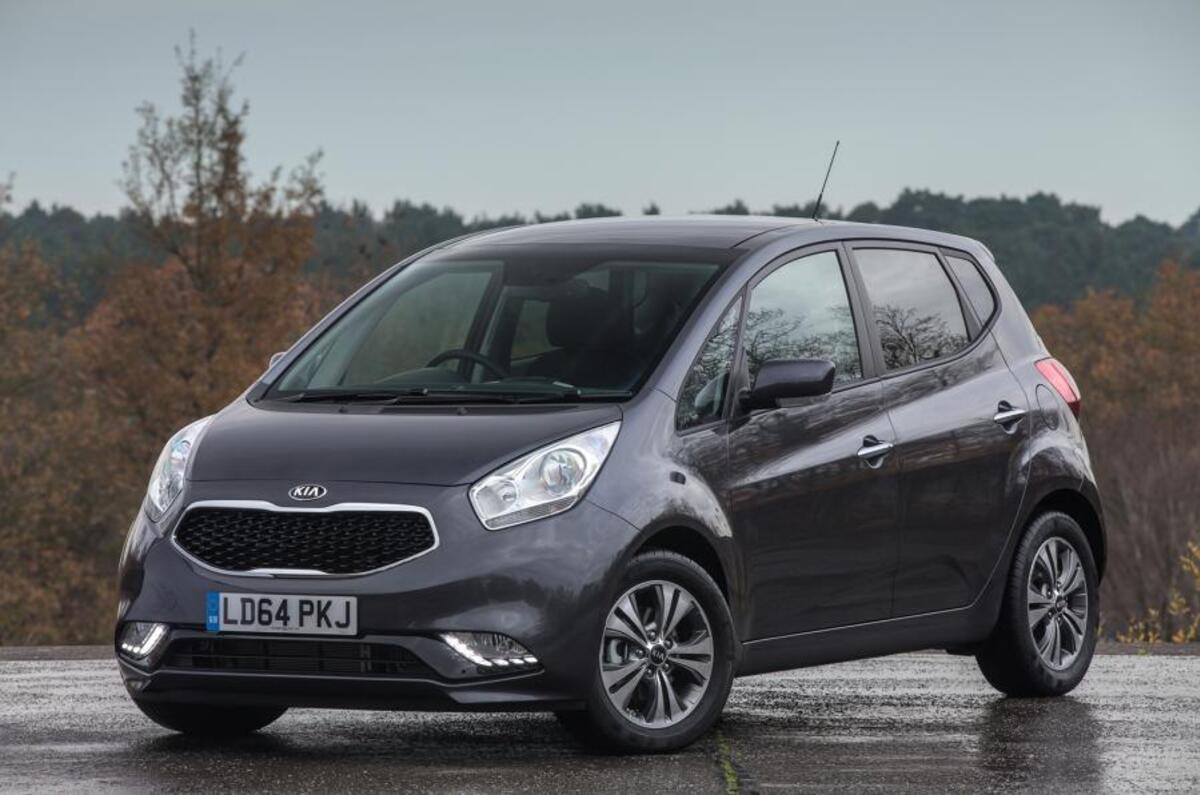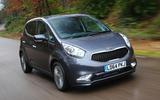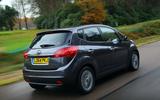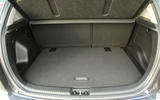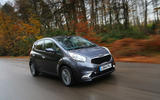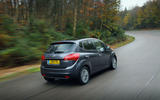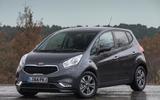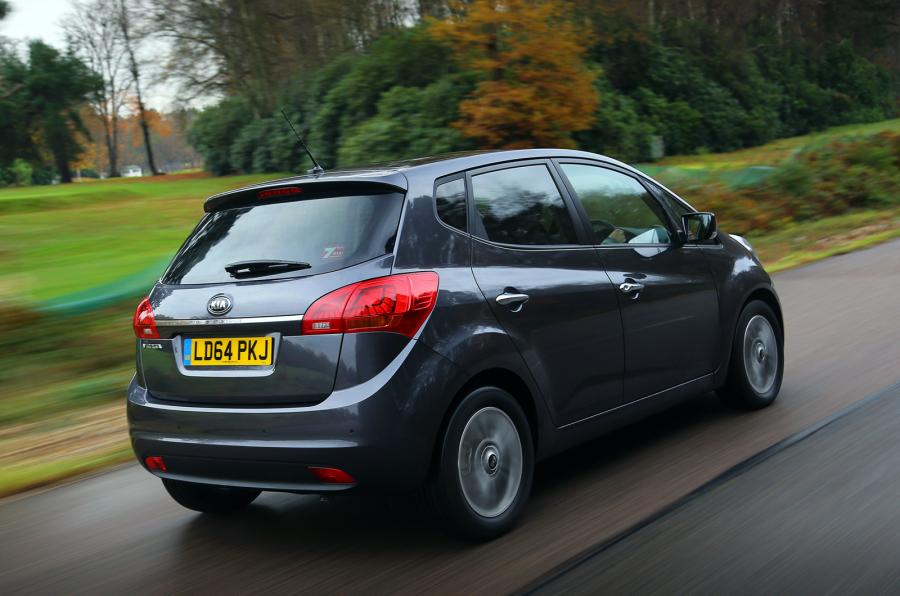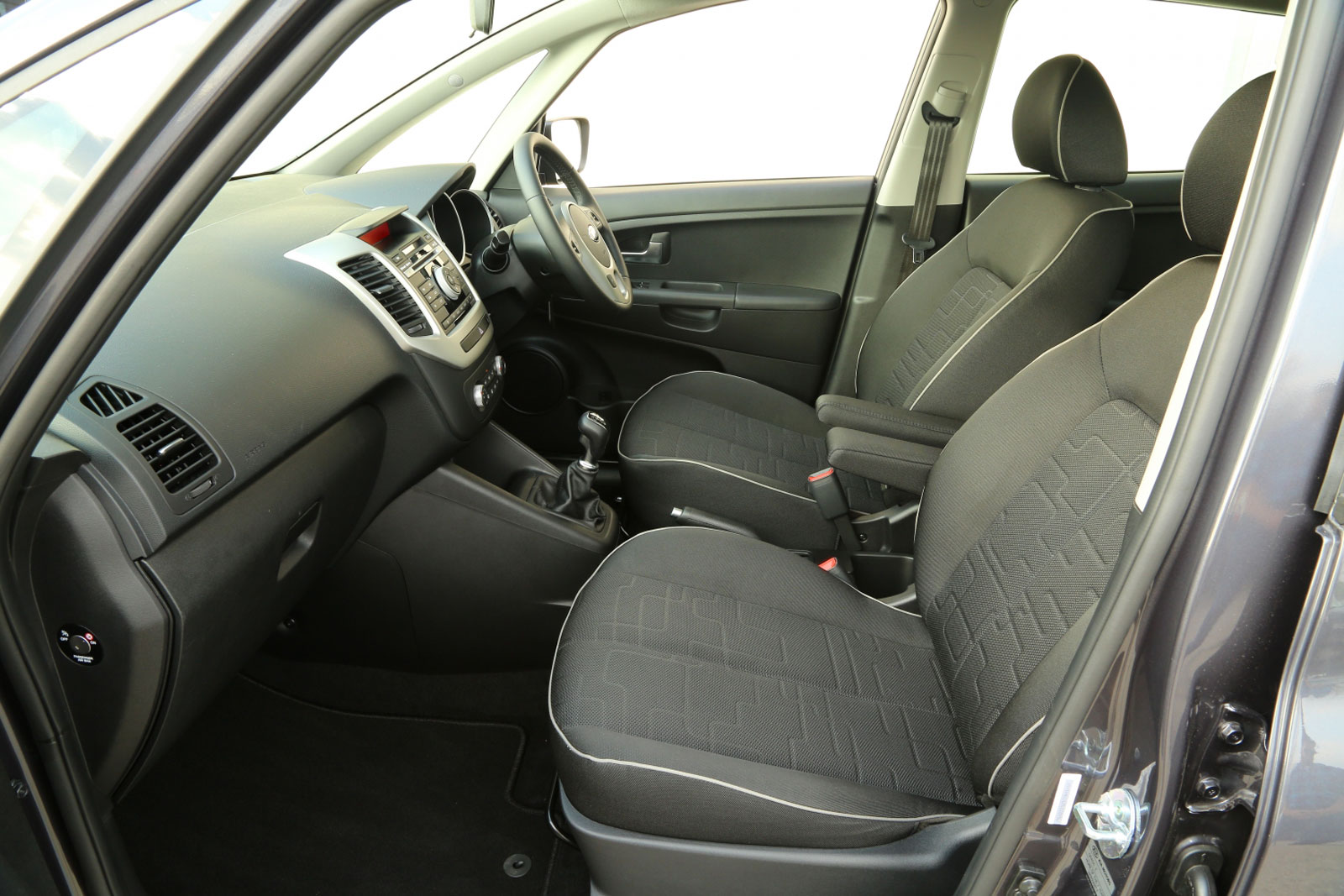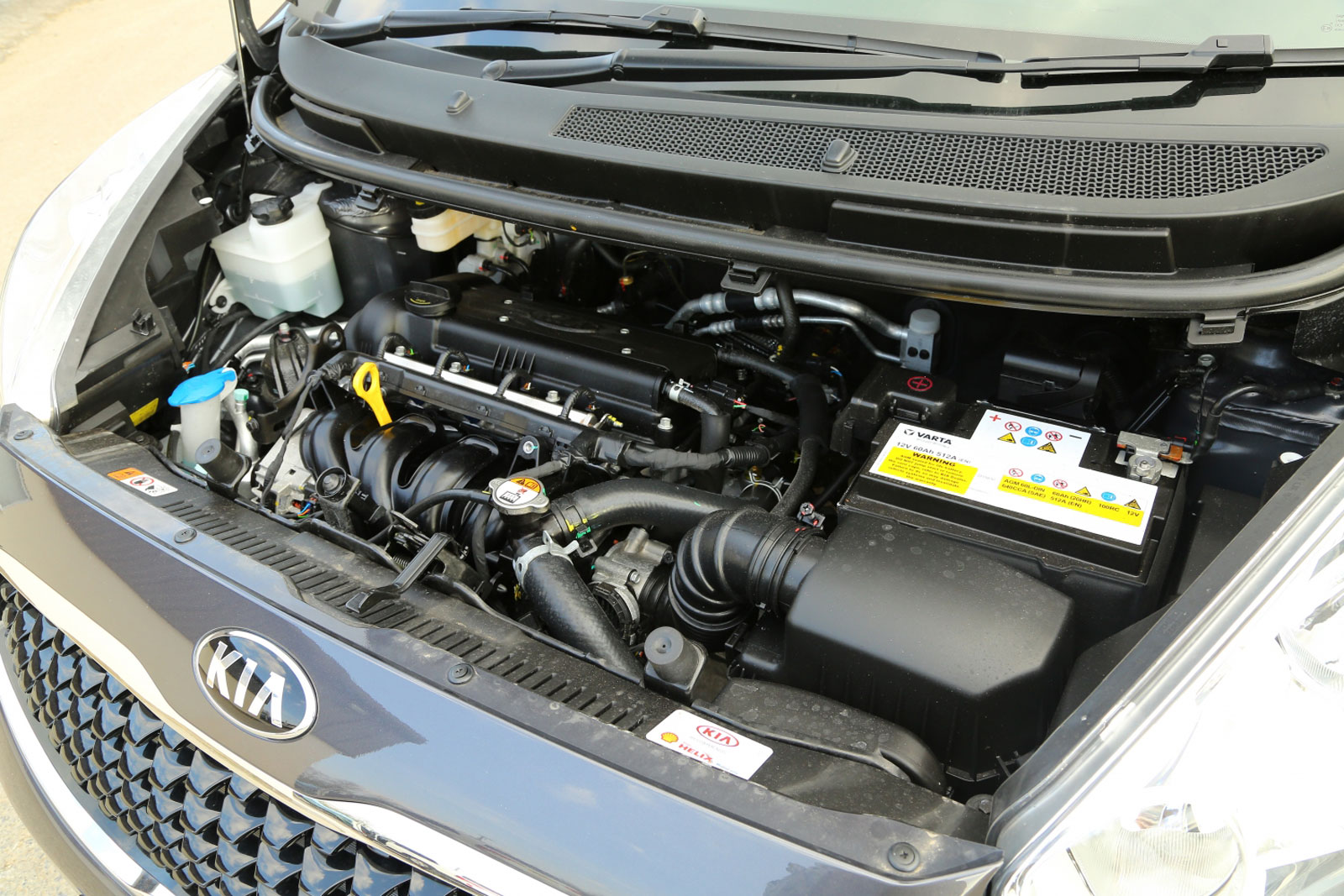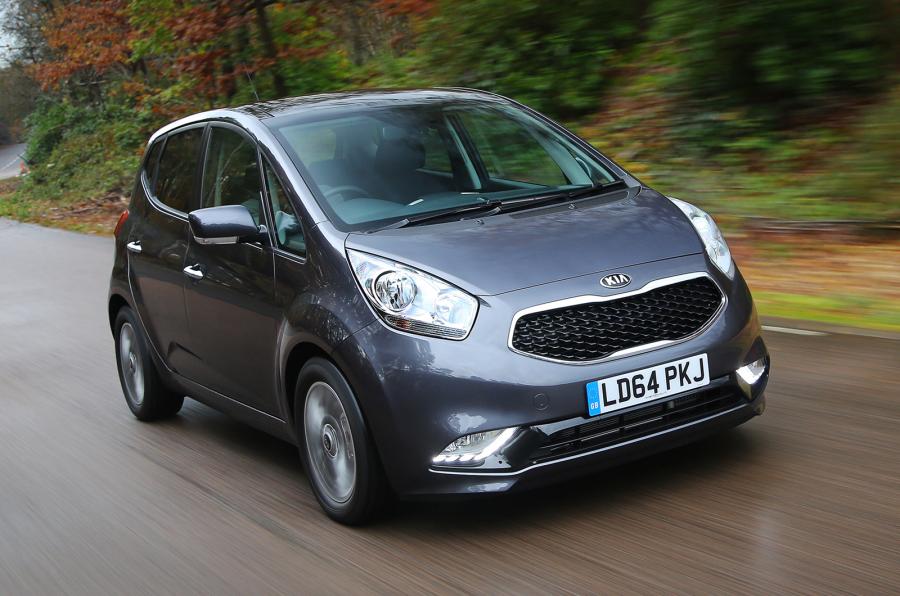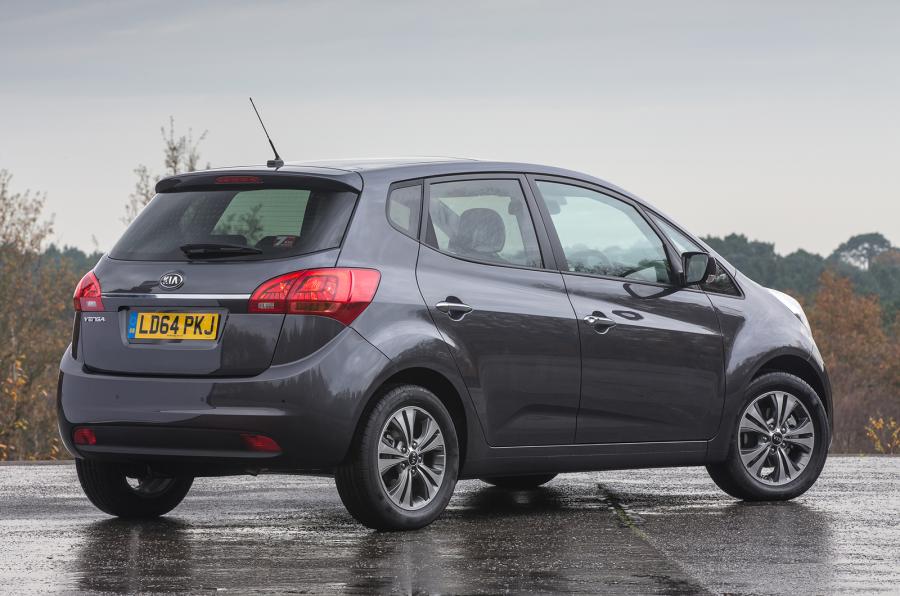Although Kia has a history in the regular B-segment with three generations of the Kia Rio hatchback, the Kia Venga is its first B-segment MPV, slotting Kia below the Carens. Parent company Hyundai has its own version of the Venga, the ix20, which uses the same engines and chassis and, even to Hyundai and Kia bosses, looks just a little too similar.
The biggest difference between the two cars is the warranty – seven years and 100,000 miles-worth for the Kia and five years but with no mileage limit for the Hyundai. While Kia is hardly being shy and retiring in the naming of its latest small car –‘Venga’ is Spanish for ‘come on’ – the company is holding back from calling the Venga an MPV.
Which is strange, because to our eyes the Venga’s extended head room and adjustable rear seats mark it out as exactly that. Kia says it is instead a B-segment (think Ford Fiesta size) hatchback but with stretched proportions for increased interior space, and as such is targeted at downsizing families.
In the UK the Venga range consists of just four engines, each with four cylinders. There are two diesels – an 89bhp 1.4-litre unit and a 114bhp 1.6-litre oilburner that wears Kia’s EcoDynamics badge – and two petrol models, one a 1.6 producing 123bhp and is the only engine available with a four-speed auto gearbox, and the other a 1.4 with 89bhp.
In spite of the appeal of the diesel’s 62.8mpg and, for once, not an exorbitantly inflated price over the price of a petrol car, the bulk of Venga sales are likely to be the 1.4-litre petrol car. However, Kia list prices no longer have the advantage they used to over European rivals, which means the Venga must compete on its on-road merits.


